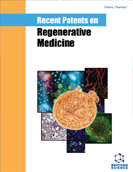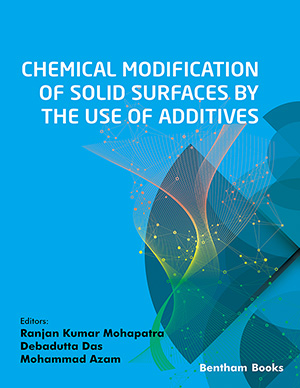Abstract
Regenerative medicine seeks to restore normal architecture and function of tissues which have been damaged by disease, trauma and/or ageing. Stem cells are known to be an integral part of any regeneration process. Their isolation or generation, in vitro expansion, recruitment and transplantation to the damaged sites are being heavily pursued. Several applications of pluripotent cell derivatives have arrived at the clinical stage and are offering promising results. Stem cells themselves or their products can exert desired functions in regeneration. The source of stem cells for developing therapies is vast and developments have been made at a very fast pace during the last ten years. Pluripotent stem cells from discarded embryos or induced from postnatal tissues are at the base of these investigations as they can theoretically be permanently cultured in vitro and can be triggered to differentiate any cell in the human body. Induced or directed differentiation of these cells is still being studied and generally the process involves long manipulations and thorough selection, which prevent pluripotent cells from being useful in autologous transplants. So-called adult stem cells or stem cells isolated from postnatal individuals offer the possibility to develop autologous sources for cell therapies. Bone marrow, cord and peripheral blood, fat and oral mucosa are sources of such stem cells. In this case the drawbacks are the availability in sufficient numbers to develop the regenerative protocols and the limited applications of these cells due to their limited differentiation ability. Both pluripotent and adult stem cells are being investigated for the development of clinical trials at the moment. Pluripotent stem cells will be able to be applied widely in cell therapy when directed differentiation can be controlled to the point of producing safe and functional derived cells and tissues. The present review will focus on recent patents on directed differentiation of pluripotent stem cells to derivatives with potential therapeutic value.
Keywords: Cell engraftments, directed differentiation, ectoderm, endoderm, functional differentiation, mesoderm, pluripotent derivatives.
 30
30







